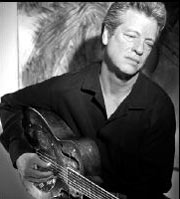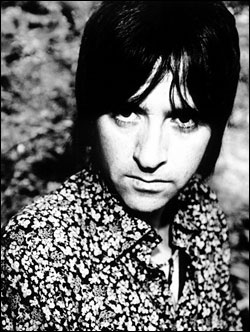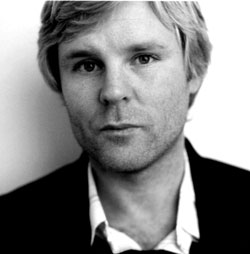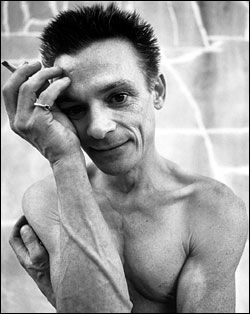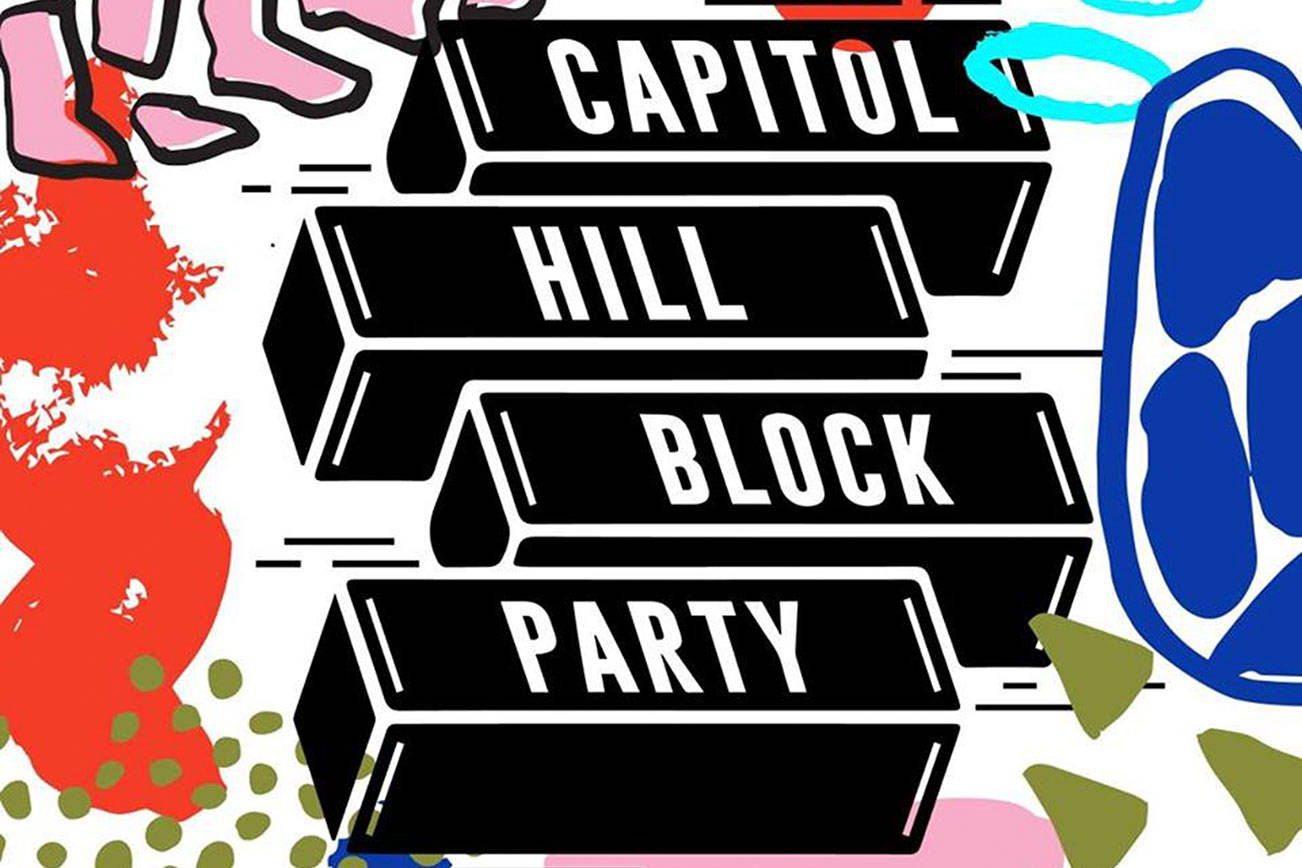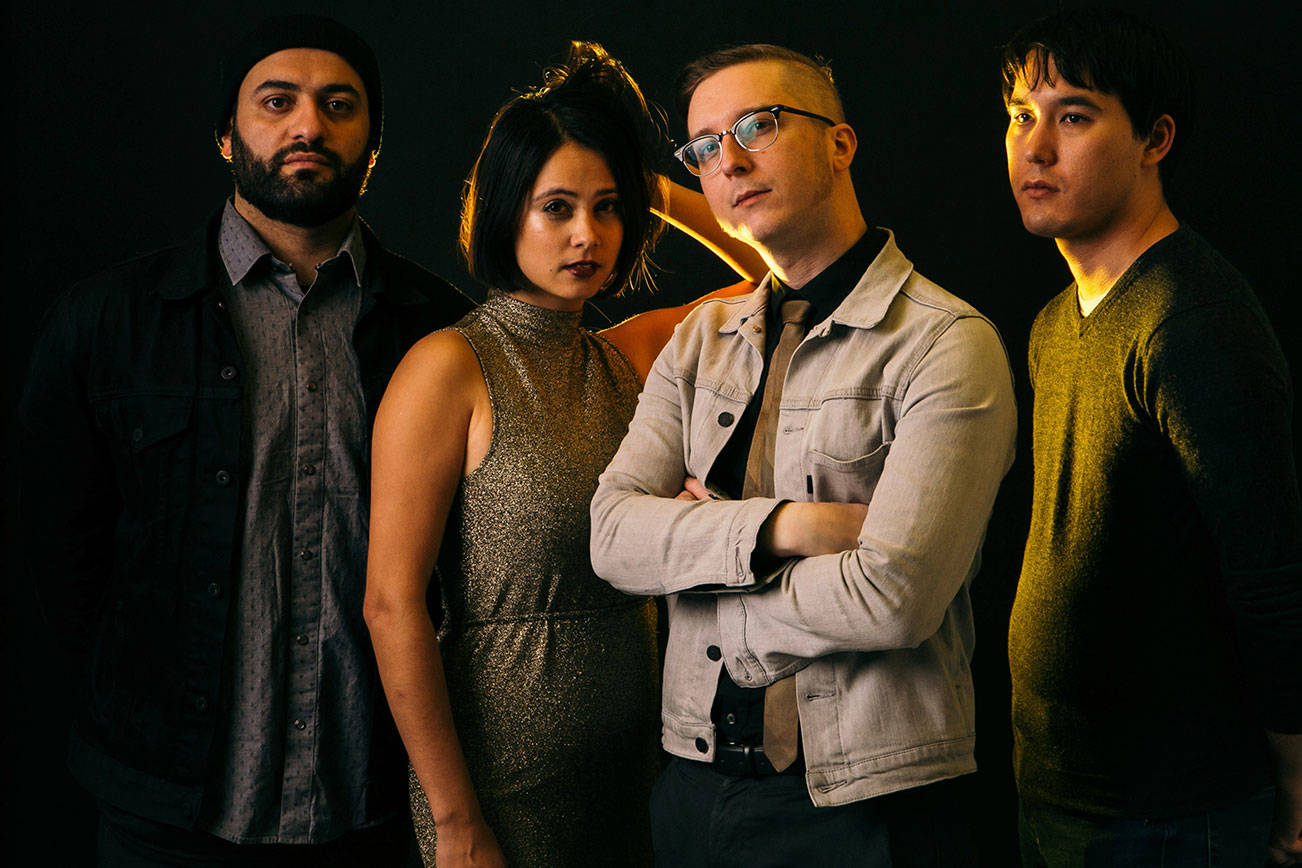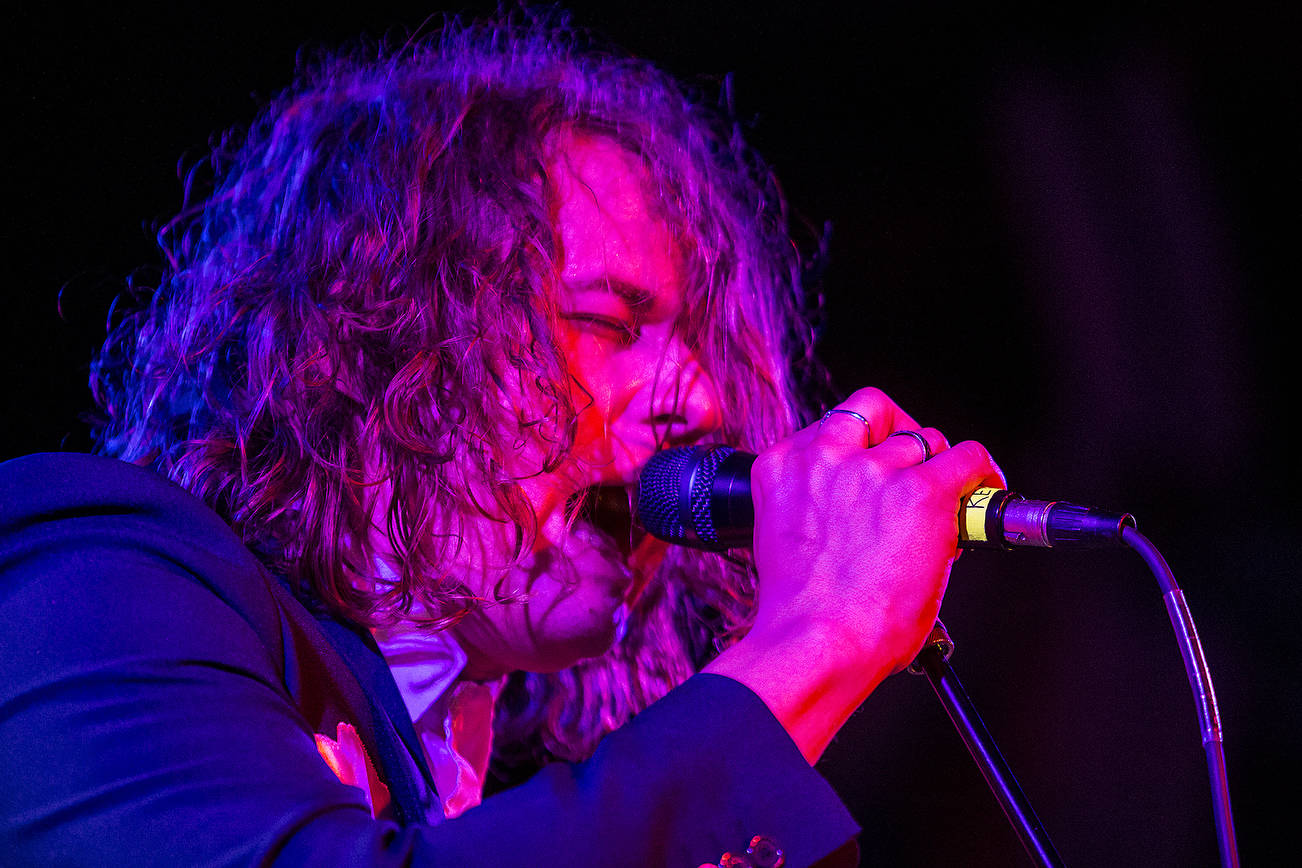JOHN HAMMOND
Dimitriou’s Jazz Alley, 206-441-9729, $18.50/$16.50 adv.
9 p.m. Tues., Jan. 21-Wed., Jan.22
JOHN HAMMOND HAS made music for 40 years and recorded—if his record label’s bio-person can count—29 albums, but he’s just now written his first song. “My wife got on my case,” he says: “‘You know all these great songs; why don’t you just write a song?’ So I said, ‘I could do that.'”
“Slick Crown Vic” may not be the most earth-shattering tune; it’s a John Lee Hooker-styled original recounting Hammond’s old car, a 1955 Crown Victoria Ford. But for a musician who’s spent his life emulating the sound of his inspirations, often being tagged a journeyman instead of a visionary in the process, it’s another step in an artistically liberating direction. That first major move came in 2001 with Wicked Grin, Hammond’s surprising collection of Tom Waits tunes.
“I know so many good songs,” Hammond says. “I’ve always mentally compared them. I never thought I was particularly gifted in that area. But everything changed with the Tom Waits project. I began to feel freer: Try whatever you want, do something you never did before—so that’s the way it went.”
Hammond’s latest album, Ready for Love (he still needs help with album titles, unless he meant to quote a Bad Company song), contains two more Waits compositions: “Low Side of the Road” and “Gin Soaked Boy”; however, the rest is culled from anywhere and everywhere: the Rolling Stones (“Spider and the Fly”), George Jones (“Color of the Blues,” “Just One More”), Billie Holiday (“Comes Loves”), and Freddie Hart (“Easy Lovin'”).
“This was myself and my wife, Marla. We picked the songs beforehand. We were prepared. The band was totally ready for new material. We’d been playing all these Tom Waits tunes for two years, and we were ready to expand.”
Some ideas, it turns out, took longer to come to fruition. “In 1970 I was on tour with a band called Poco, and I heard this tune on the radio and I thought it was just cool; and I played it backstage for the guys, and they said, ‘Oh, man, you should record it.’ Thirty-two years later, I decided to do it. It was a Freddie Hart tune, and we got Soozie Tyrell to play fiddle and vocal harmonies on it.”
Tyrell, currently on tour backing Bruce Springsteen, is only one of the album’s notable players. Though Hammond made his name as a solo act, a wiry 1960’s Greenwich Village bluesman with only an acoustic guitar and a harmonica holder wrapped around his neck, he’s made plenty of good friends in the business. This time out, his collaborators include drummer Stephen Hodges (Fabulous Thunderbirds), keyboardist Augie Meyers (Sir Douglas Quintet, Bob Dylan), and album co-producer David Hidalgo (Los Lobos).
“These are phenomenal players, not average guys that play in the studio,” enthuses Hammond. “My association with players over the years has led to recording projects, and it’s been just wonderful to work with J.J. Cale, John Lee Hooker, Duke Robillard, Charles Brown and Roosevelt Sykes, Delaney and Bonnie, Mike Bloomfield, Duane Allman,” he takes a breath. “I’ve been in the right place at the right time a lot of times.”
Hammond is clearly a music business veteran who knows how unlikely it is to survive decade after decade in a business where fashion and fortune can be so fickle and fleeting. Whatever bitterness he once might have harbored, whatever criticisms have left their sting, Hammond won’t take the bait. He only has charitable things to say about those who’ve crossed his path. When he recalls a period of great uncertainty in his career, he views the experience as a critical lesson that’s helped sustain him for so long.
“1966 was a tough year for me. I had recorded what I thought was going to be a hit record, and it turned out to be shelved by the company. I was young, and I got really angry. I spent six months in limbo, and then I got my act together again. I did other things and found that I wasn’t doing what I wanted to do, and what I wanted to do was play and play for people. Every artist needs time to refocus and decide what’s important,” he adds. “That was almost 40 years ago.”
With the last two albums arguably his most well received, Hammond sees the future only in glowing terms. “The floodgates are open. I feel as good as I ever have about performing and playing; I feel like it’s all falling into place,” he says. “It’s just a beginning.”
